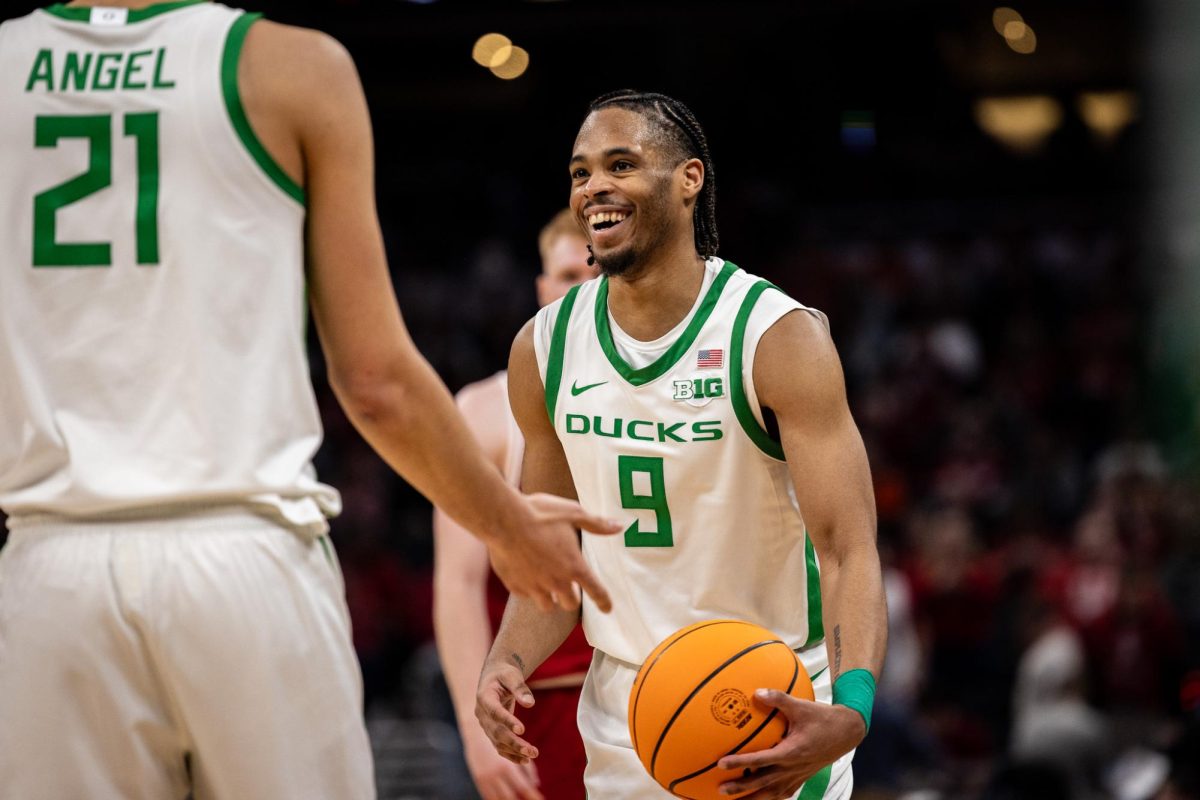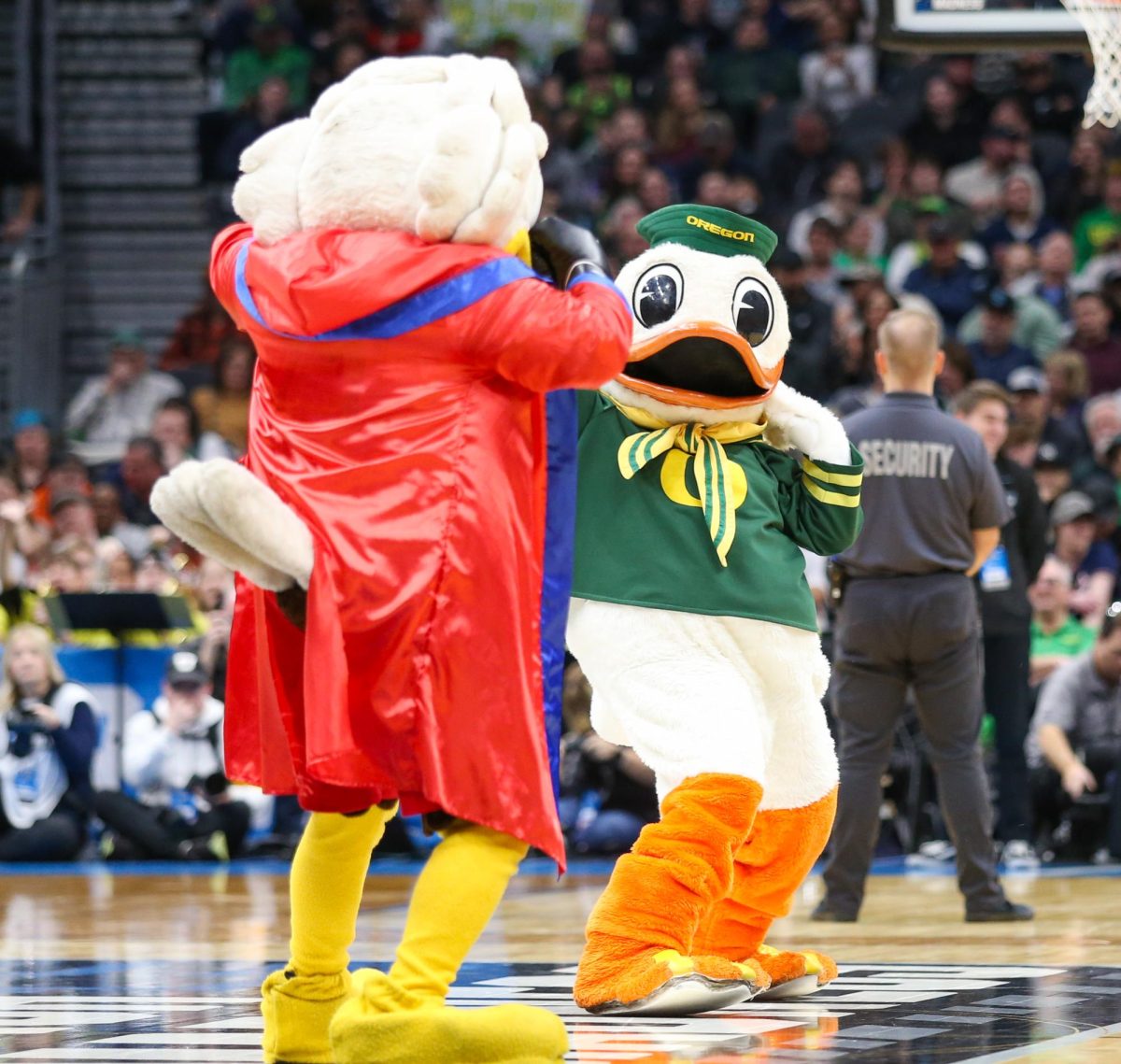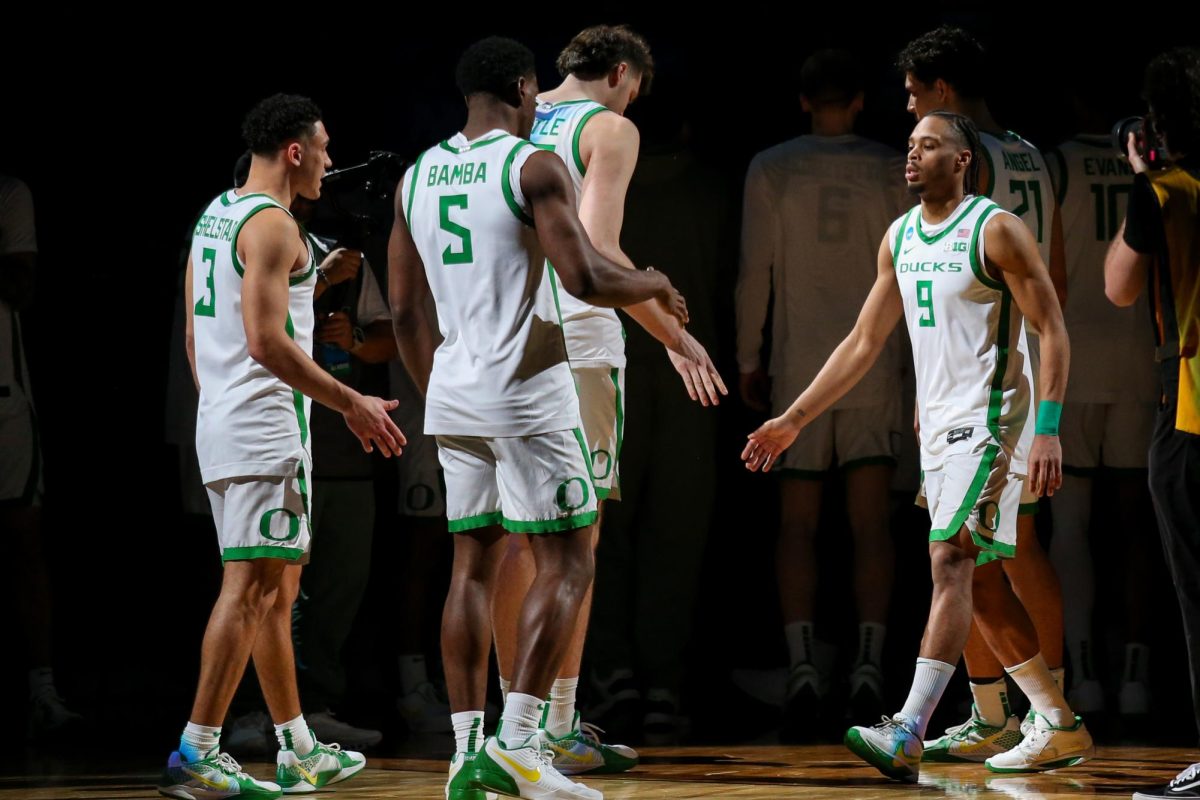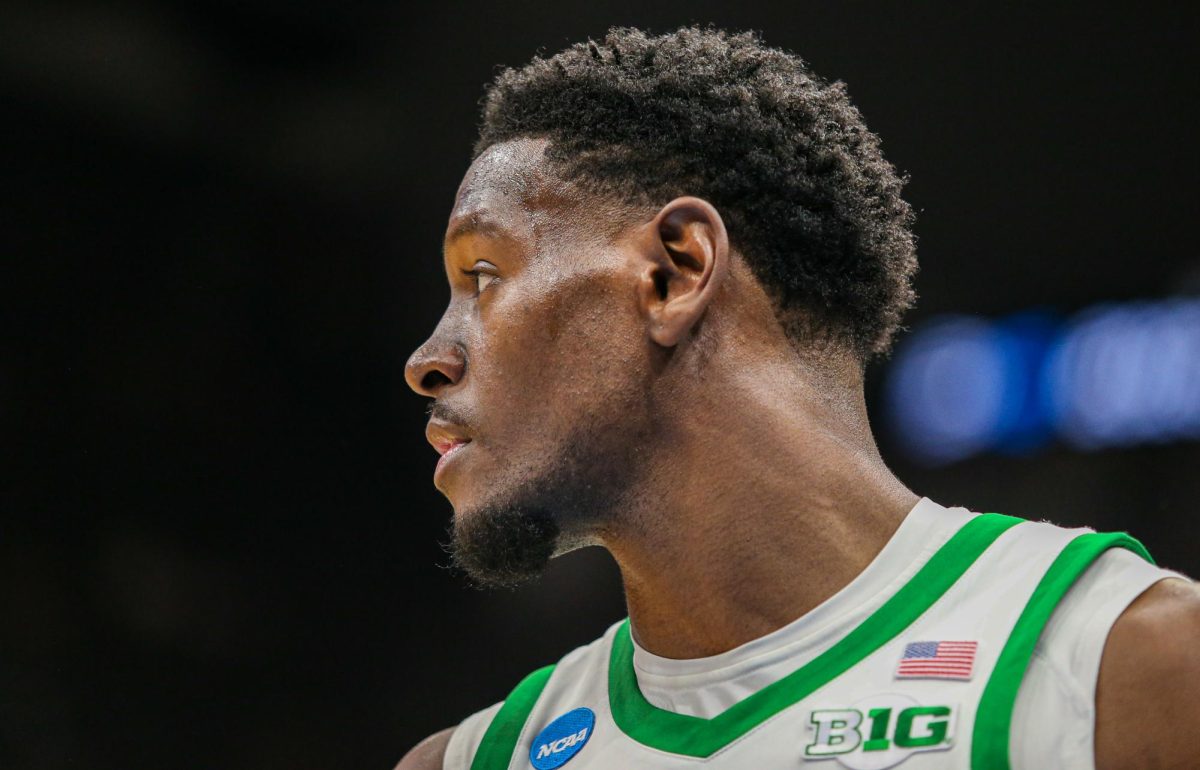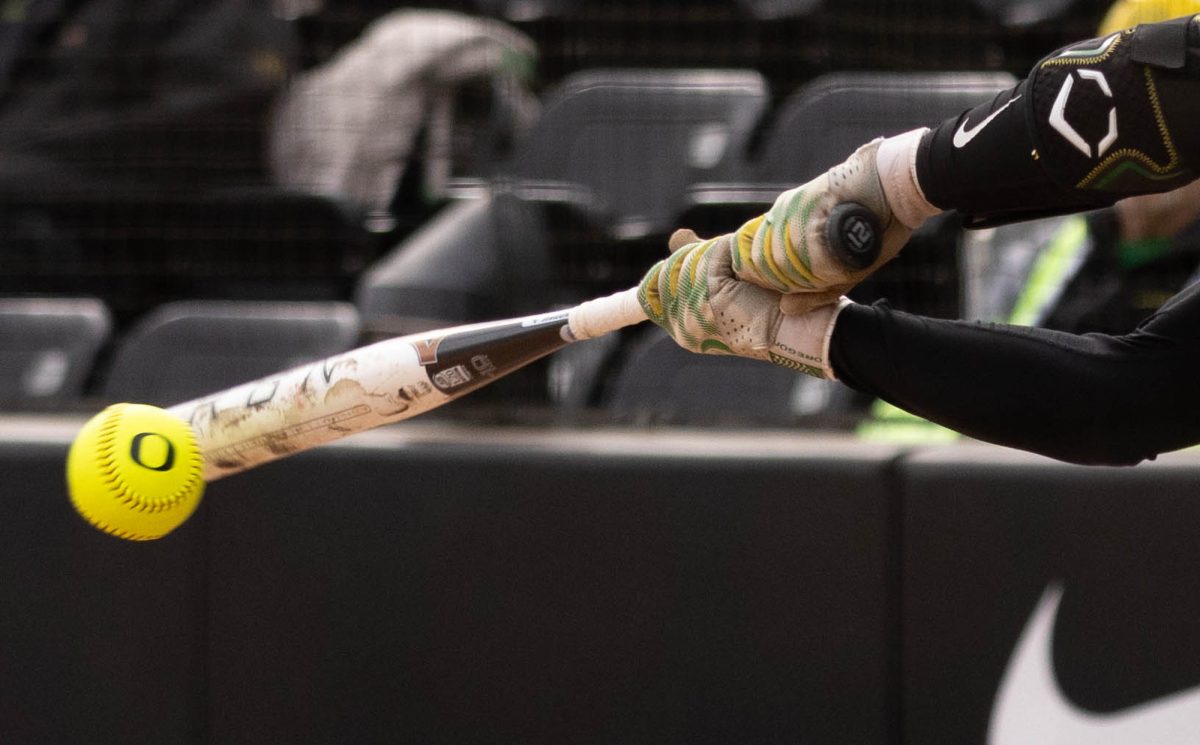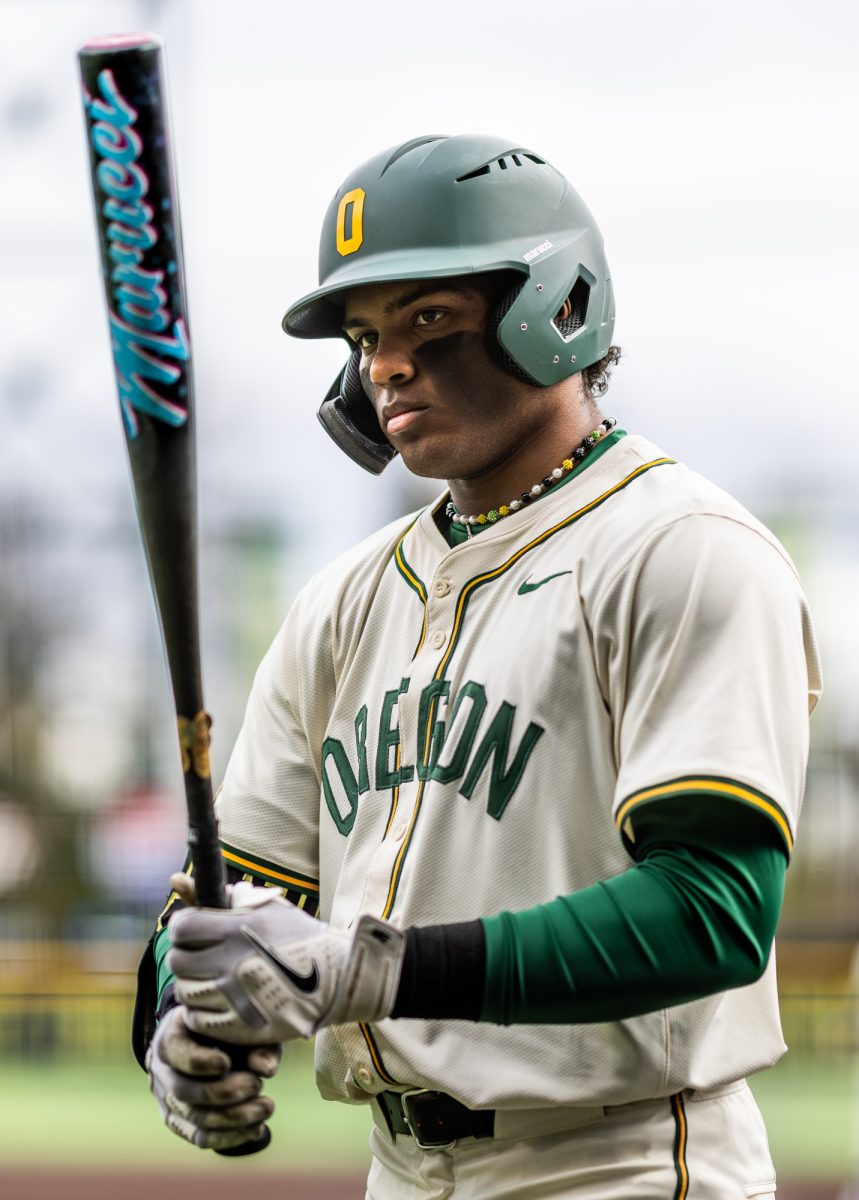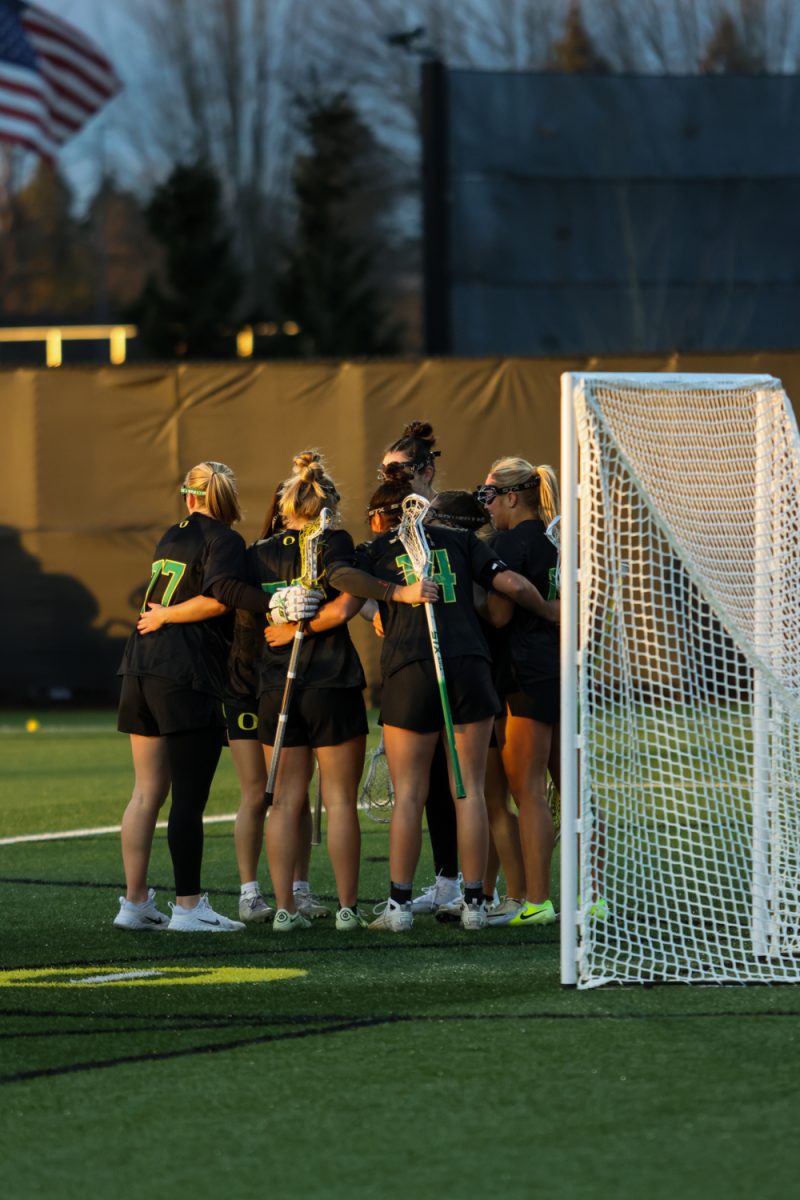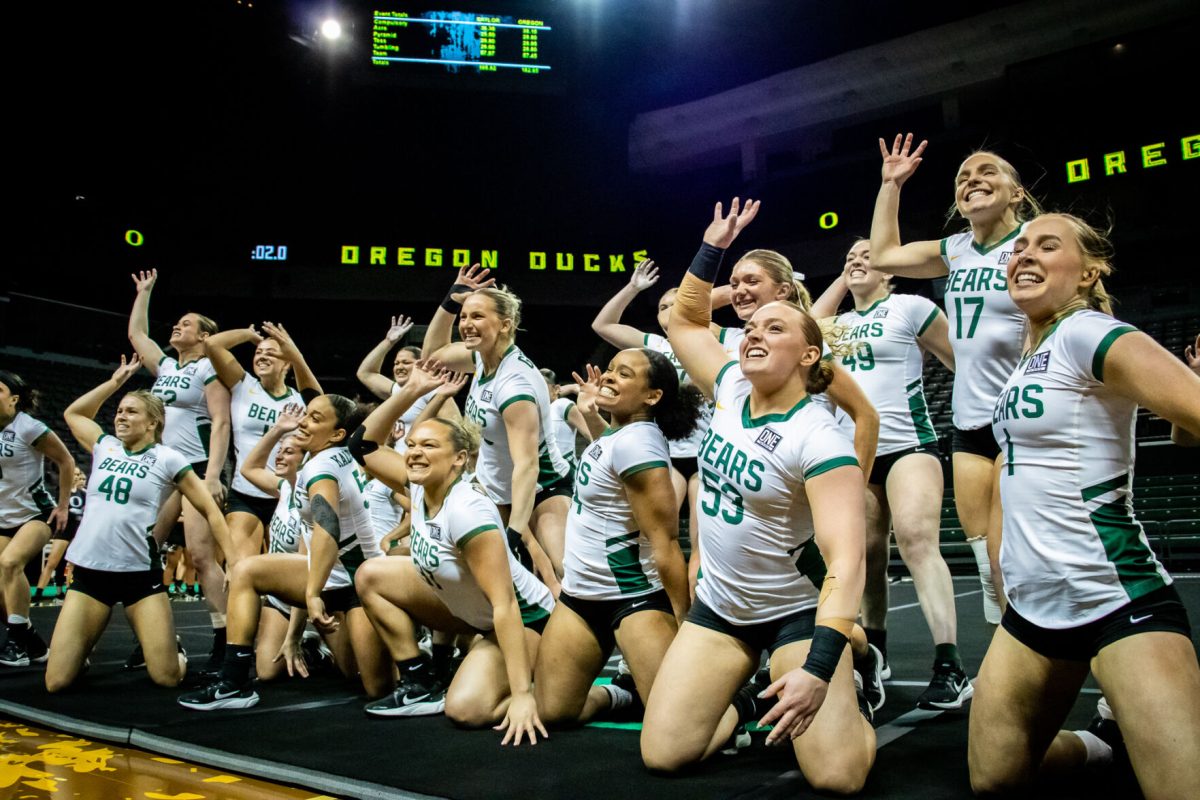When Jackson Shelstad stands next to N’Faly Dante, you’d be forgiven for thinking that they play different sports. The 6’0’ freshman guard looks like a normal kid, but Dante’s 7-foot frame engulfs any room he’s in. His presence is enough to draw attention — be it from defenders or inquiring media — and Shelstad’s quiet focus might go unnoticed. This season, however, they’ve been equally important.
The pure difference between a college freshman and a fifth-year senior is vast: there’s a reason why Jermaine Couisnard was so impressed with Shelstad’s willingness to get in the gym ahead of this season. Not only do those veterans have the wily capabilities and strength that come with the time they’ve spent in the sport, but these freshmen are coming from a high school landscape that they’re likely too good for — and one that they had time to get comfortable in. The jump in skill isn’t one that every player can handle, and that’s why coaches rarely plunge their new recruits into the deep end.
Oregon men’s head coach Dana Altman didn’t have that option. Forced with a frightening list of injuries that left hundreds of thousands of dollars worth of scholarship players in the trainer’s room, he was forced to insert inexperience into the fold. “If I made a misjudgment, it’s that we have to depend on [Jackson] too much,” Altman said.“They’re playing against such old guys,” he continued. “It’s really hard for freshmen in this COVID era to be consistent. Jackson’s had to play against point guards that are bigger and stronger than him, and he struggled a little bit with it, which I anticipated.”
That worked — to a degree. With Dante out, Shelstad was handed the keys to Oregon’s team, and he shone. He developed some degree of those veteran capabilities that normally come with time — the patience to slow the game down or the willingness and confidence to take the pull-up 3-point shot in transition.
“They’ve helped me a lot and gave me a lot of confidence,” Shelstad told 247’s Matt Prehm about Dante and Couisnard ahead of Oregon’s matchup with Colorado on March 7. ”They always just tell me to be who I am and don’t be scared, they tell me that I’m a good player and [to] just play my game. They’re our two leaders and we just follow them and what we say so they’re really important to us and we’re going to give them everything these last two games.”
Kwame Evans Jr. was another beneficiary of that Pac-12 pressure cooker: with Oregon’s top two centers — Dante and Nate Bittle — out to begin the season, the 6’9’’ forward was forced to slot into the team alongside a depleted cast. His season, while shirking the spotlight, was as impressive as Shelstad’s: a 22-point, 9-rebound outing against Oregon State in Eugene proved that he’s more than ready to make the jump to the Big Ten with the Ducks.
The bridge didn’t stay strong for all of Oregon’s freshmen, though. 4-star recruit Mookie Cook battled injury and, save a string of appearances off the bench in January, has been confined to the sidelines. He hasn’t had the opportunity to grow into the league in the way that his two teammates have. It shows: that much as a player who hasn’t played weill, he looked out of his depth in those games. It’s something that a year without injury can remedy, but whether Oregon can handle that burden is unclear.
Next year presents another challenge, because this will happen again — in a new league. Amid a move to the Big Ten, Oregon will battle an entirely new cast without Dante (its best player) and Couisnard (its top scorer) on the team. Those veterans, instead, are Shelstad and Evans Jr. After another year where the Ducks failed to qualify for the NCAA tournament through regular season play, the offseason will be spent ruing the team’s failure to “prove it,” and it’ll be down to these players who understand the pressure cooker to provide the map out of it.
That’s not an environment in which most college freshmen can succeed. So, instead, it’ll be on the players who got through that to provide the road map. Next year isn’t going to be another ‘prove-it’ season: it’s an ‘or-else’ season for Altman and his program. Make the tournament, ‘or-else’. More simply, succeed. Or else.
For the final time, there will be a potential five-year gap between teammates and opponents — 2025 is the final class of players with the option to use a ‘COVID year’ of eligibility. The questions are piling up: can Oregon stay healthy? Will its stars be available? And if not, who steps up if they’re not there? Those questions must be answered — or else.




